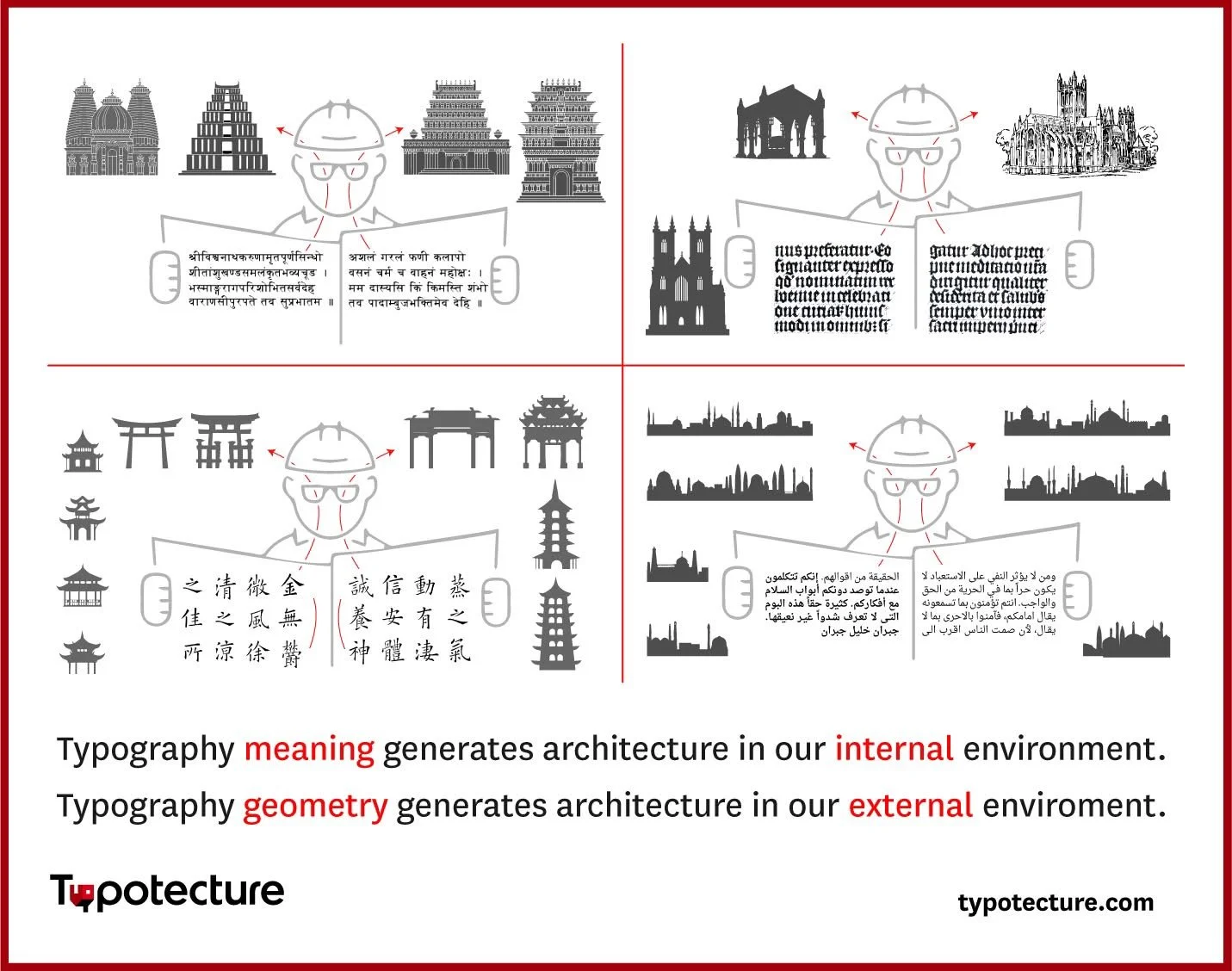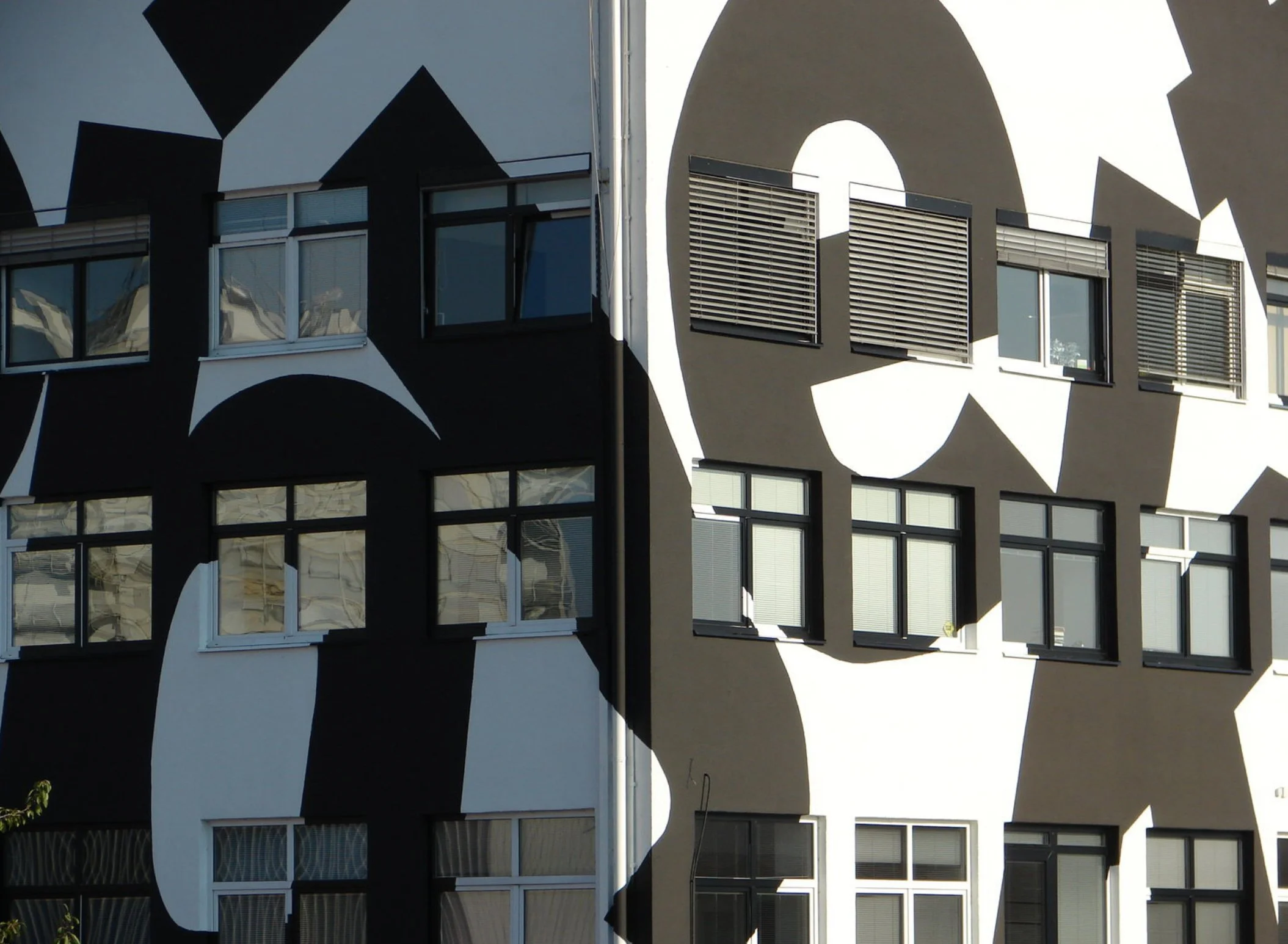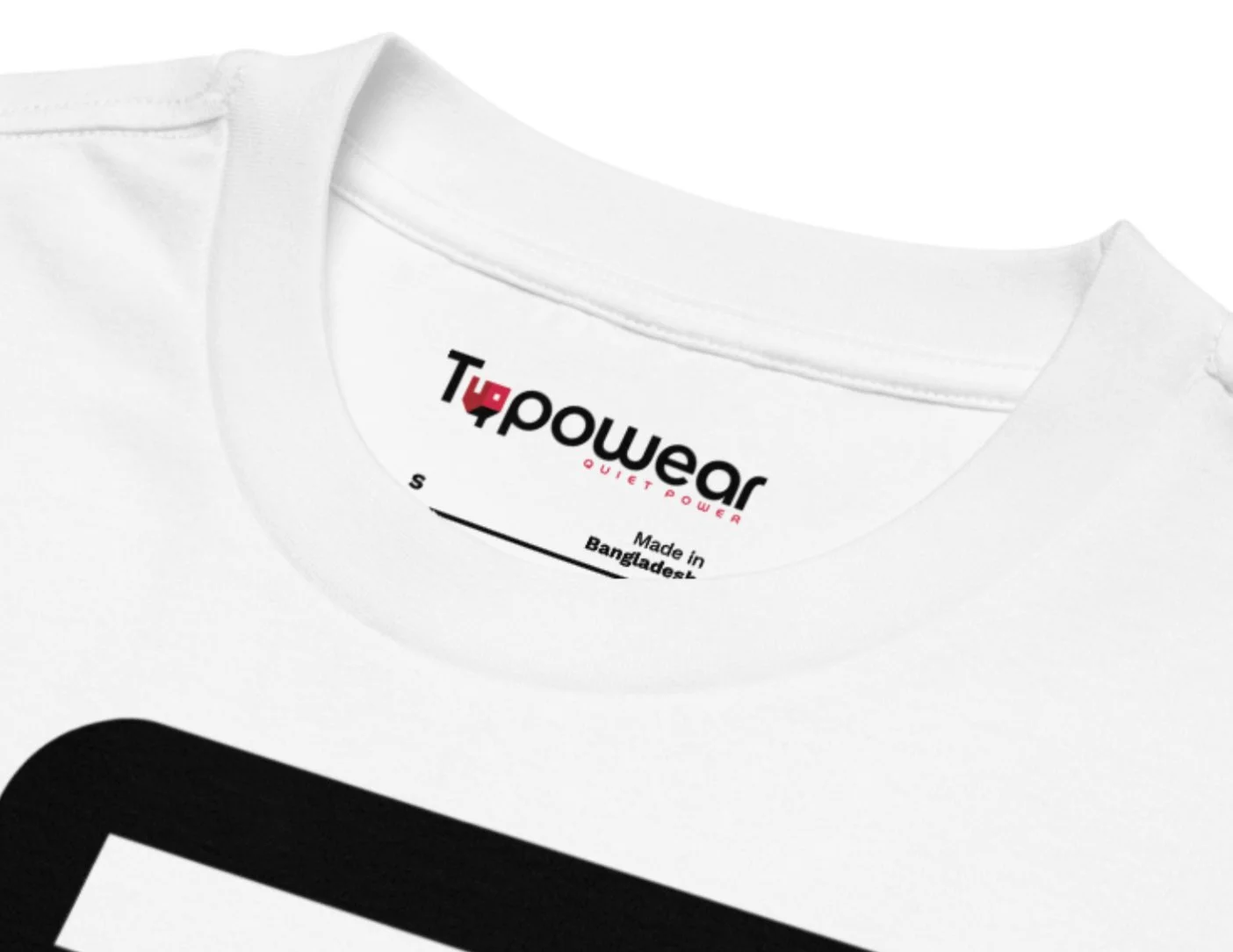UTL: Universal Law of Transition – Antifragile Regularization through Hazard and Latent Geometry
The Universal Law of Transition (UTL) introduces a new framework linking AI training dynamics with phase transitions in consciousness.
A bridge between machine learning, antifragility, and near-death experiences — now available as an open-access preprint.
Fractal NDE Map: An Empirical Framework for Near-Death Experiences
Near-Death Experiences (NDEs) are often described as mysterious and subjective. Our research suggests they follow a reproducible pattern: a hazard peak, a rise in tension (S), and a shift into harmony (H), structured in a 3↔4 fractal sequence. The Fractal NDE Map offers a mathematical framework for understanding death experiences across cultures.
From Theory to Simulation: A Fractal-Spirit Model for NPC Consciousness
This post introduces the Fractal-Spirit Model (FSM), a new simulation framework for NPC consciousness.
By combining memory, resonance, and projection into a fractal dynamic, NPCs evolve over time,
develop unique personalities, and create emergent societies beyond scripted behavior.
Fractal-Spirit NPC Model: A New Framework for Emergent AI in Games
The Fractal-Spirit NPC Model introduces a fresh approach to AI in games. Moving beyond scripts and finite state machines, it enables NPCs to develop emergent behavior, memory, and dynamic interactions.
From Walls to PDF: Building an Archive of Urban Art
A thirty-year journey from graffiti-covered walls to a curated PDF archive. Discover how Typotecture transformed a forgotten mural legacy into a living document – free to download, free to remember.
What Is Typowear?
Typowear is more than printed clothing. It’s wearable philosophy — a silent language made of shapes, tension and thought. This post explains where it comes from.
How Typography Becomes Architecture
Typotecture is built on one idea: the form and meaning of language shape the world around us — and within us. This post breaks it down through cultural examples.
What Is Typotecture?
Typotecture is more than style — it’s a way of thinking in structure, language and space. This post defines the origin, philosophy and expression behind the concept.
What Quiet Power Really Means
“Quiet power” is not silence. It’s presence without noise, design without shouting. In a world saturated with visual excess, quietness can be an act of rebellion — and a return to essence. At Typowear, this is not just a style, it’s a philosophy: to speak with intention, to hide meaning in form, and to let the viewer lean in and discover.
Typography as Protest: Hiding Anger in Design
Typography isn’t neutral. This post explores how subtle design choices can carry bold messages — and how Typowear uses hidden structure as a quiet act of resistance.
Why We Hide the Message
Hidden messages aren't a trick — they're a design choice. This post explains why Typowear embraces mystery, ambiguity, and discovery as part of the user’s journey.
Wearing Words Without Words
Typowear doesn’t scream slogans. It encodes them. This post explores how typography becomes a language of presence, not performance.












